Wheat protein is one of the plant protein sources often used as a substitute for meat protein. It’s an essential component for baked goods and in making noodles, pasta, etc.
But is wheat protein gluten free?
No, wheat protein isn’t gluten free. Wheat itself is a source of gluten, so there is no chance that this protein is gluten free. In fact, gluten is a protein type that is found in grains like wheat, rye, barley, etc.
Let’s go further and understand why wheat protein isn’t the right choice for celiacs and what side effects it may have.
Table of Contents
Is Wheat Protein Gluten Free?
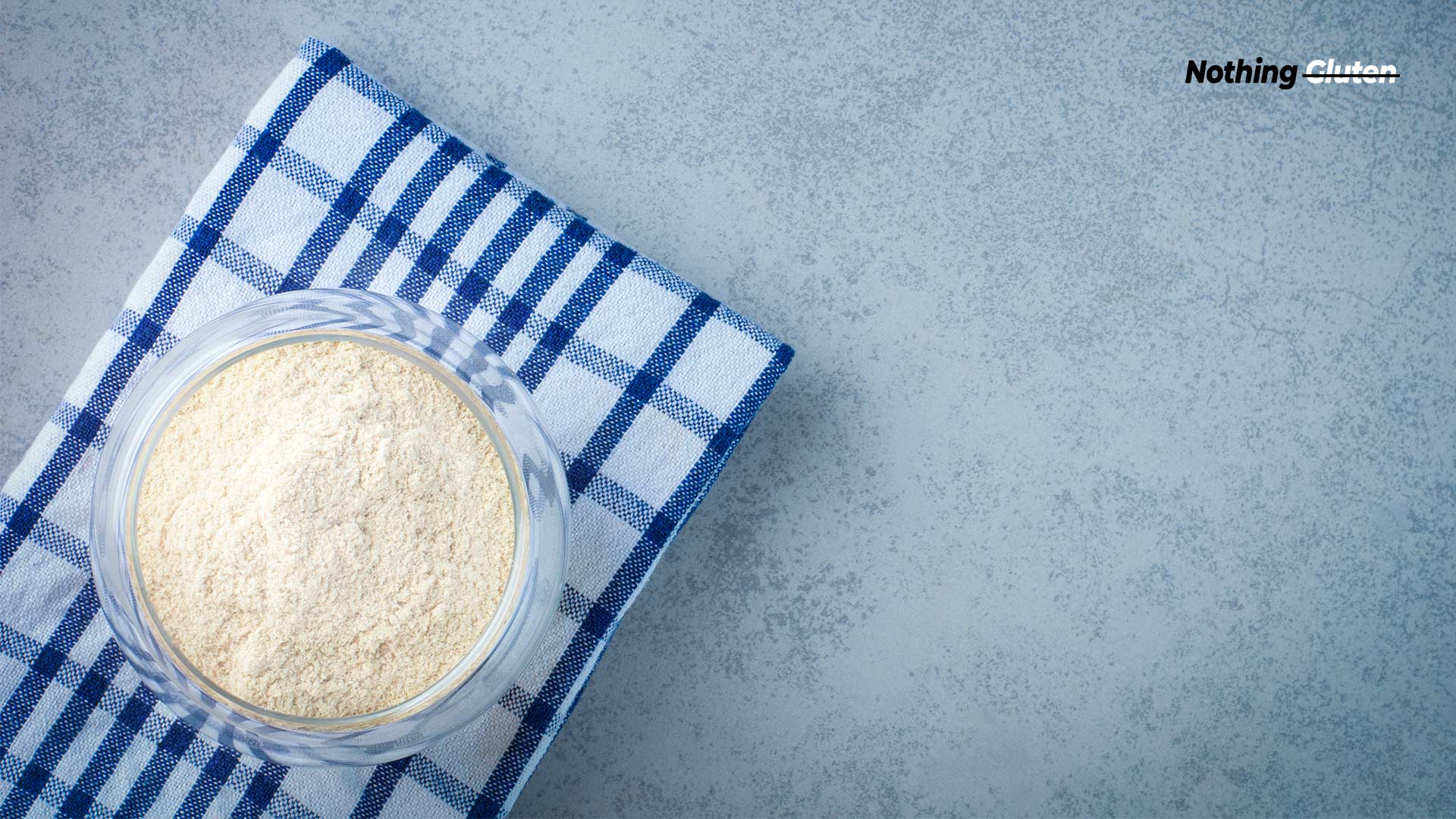
Wheat protein isn’t gluten free. Gluten is a protein naturally present in wheat, so there is no chance that it can be gluten free.
Celiacs or people with problems digesting gluten cannot have wheat or wheat-based food.
But what actually makes it inadequate for a no-gluten diet?
To be honest, it’s neither wheat or gluten that causes side effects. Wheat protein or gluten contains a very small portion of gliadin.
It’s also a type of protein that contains a specific sequence of amino acids, and it triggers the immune system of gluten sensitive people. Due to the presence of gliadin in wheat protein, it is risky for celiacs to consume it.
People also ask if the wheat protein isolate is safe for them, and the answer is no. wheat protein isolate is also not gluten free, so you will catch side effects like headache, nausea, bloating, skin rashes, etc., even if you eat wheat protein isolate.
What Is Wheat Protein, And How Is It Made?

Wheat protein is naturally present in wheat. It has an elastic or sticky structure that works as a binding agent.
The wheat kernel contains three parts: the bran, endosperm, and germ. Out of the three parts, the endosperm contains the highest number of proteins.
During the milling process, the grains are separated into these three parts, which is how they source the gluten.
But wheat isolate has a different way of processing. The mills produce wheat isolate through wet milling of wheat.
First, the makers remove the starch from wheat flour and then dry the remaining high-protein fraction. This step prevents protein denaturation from retaining the viscoelastic properties of gliding and glutenins.
Are There Any Other Side Effects Of Wheat Protein?

There are no side effects of wheat protein for normal people. But people with gluten sensitivity, gluten intolerance, or celiac disease will experience various after effects.
If consumed knowingly or unknowingly, the gliadin in wheat protein will cause nausea, fatigue, bloating, alternate constipation, abdominal pain, joint pain, and headache.
While these minor side effects should not worry you much, the thing you should be concerned about is the severe side effects.
Yes, wheat protein or gluten reactions don’t simply stop here. It may create severe effects like malnutrition and intentional damage as well.
And the only way to stop these is to be mindful of the minor effects and find out what is causing them.
If you continue ignoring the side effects like headache, skin rashes, bloating, vomiting, etc., and continue consuming wheat protein, it will slowly lead to significant health issues.
Is Wheat Protein Lactose Free? Is It Vegan?

Yes, wheat protein is lactose free. This is a plant based product, so there is no dairy. If you are lactose intolerant or have a milk allergy, you can have wheat protein.
It will not cause any dairy related allergies.
And yes, wheat protein is completely vegan. As I said, it’s a plant based protein and not a product or byproduct of animal derivatives.
Therefore there are no red flags for vegans when it comes to wheat protein. But if you are vegan and gluten intolerant, it’s best you stay away from it.
What Are The Gluten Free Alternatives To Wheat Protein?
There are a few gluten free substitutes to the wheat protein that is healthier than it. Following are some of the common picks-
#1. Whey Protein
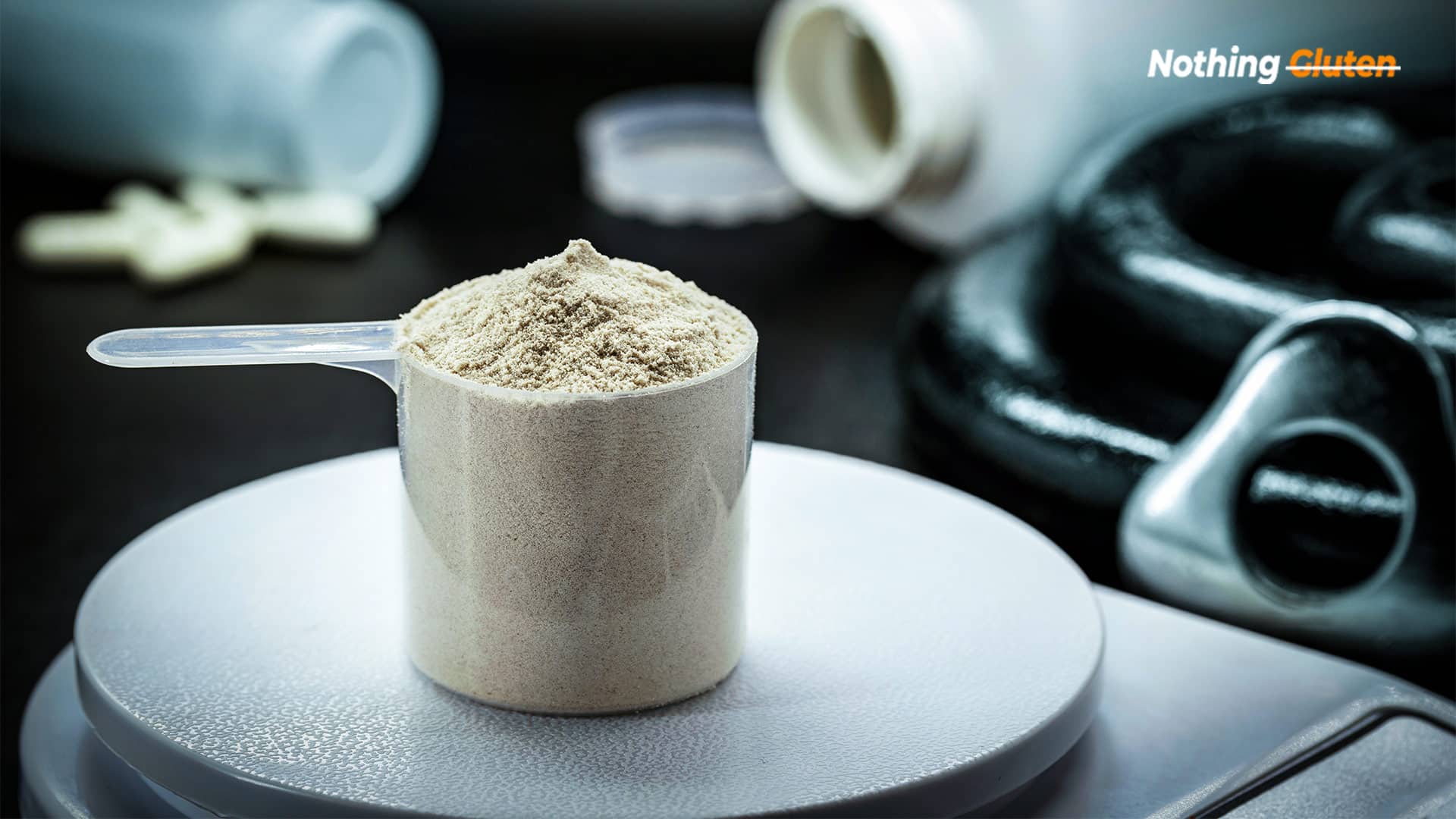
Wheat protein is a great source to fulfill your daily protein requirements. But whey protein does not have the elasticity like wheat, so you cannot use it in baked goods or to make pasta and noodles.
#2. Eggs

Eggs are the raw, unprocessed sources of protein and are absolutely gluten free. Eggs contain lecithin, amino acids, along with a very high protein that provides tons of health benefits.
The best thing is eggs also work as a binding agent, and you can replace them with wheat protein.
#3. Guar Gum
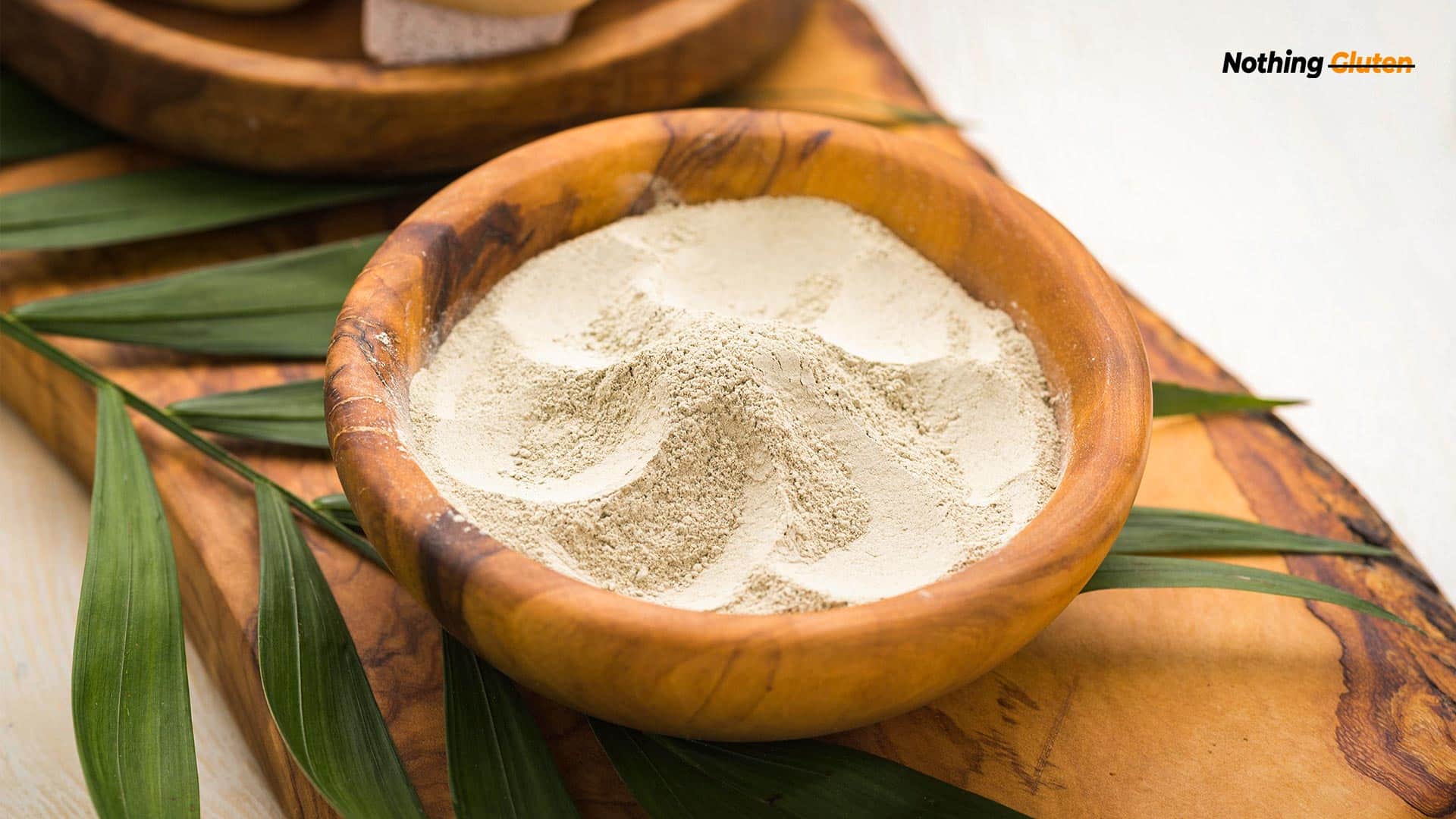
Guar gum is another gluten free substitute for wheat protein. Guar gum is produced from guar plants, so they are not a part of the wheat family.
But while buying guar gum, ensure that the flour is processed in a separate utility to avoid the risk of cross-contamination.
Conclusion
Did you find the exact answer to whether wheat protein is gluten free or not?
I hope you did. I have stated various reasons why this is not the right protein for celiacs, so make sure to go through the facts once again to understand why you should never consume wheat protein.
I have covered numerous food products and researched their gluten status. If you want to read about them too, you can find them at Nothing Gluten.
Stay tuned and wait for my next post!
FAQs
What Is Wheat Protein Made Of?
Wheat protein is made from wheat grains. The endosperm part of the wheat kernels contains the most amount of gluten, and from here, we get the wheat protein.
How Much Gluten Is There In Wheat Protein?
Wheat protein contains almost 75 to 80% gluten. The amount is quite high, which is why not a safe option for celiacs.
Is Hydrolyzed Wheat Protein Gluten Free?
Hydrolyzed wheat protein is not entirely gluten free, but the gluten percentage is far less than wheat protein isolate or the normal wheat protein.
Is Wheat Protein Isolate Gluten Free?
No, wheat protein isolate is also not gluten free. Made through a wet milling process, the isolated variety of wheat protein also contains a high percentage of gluten.
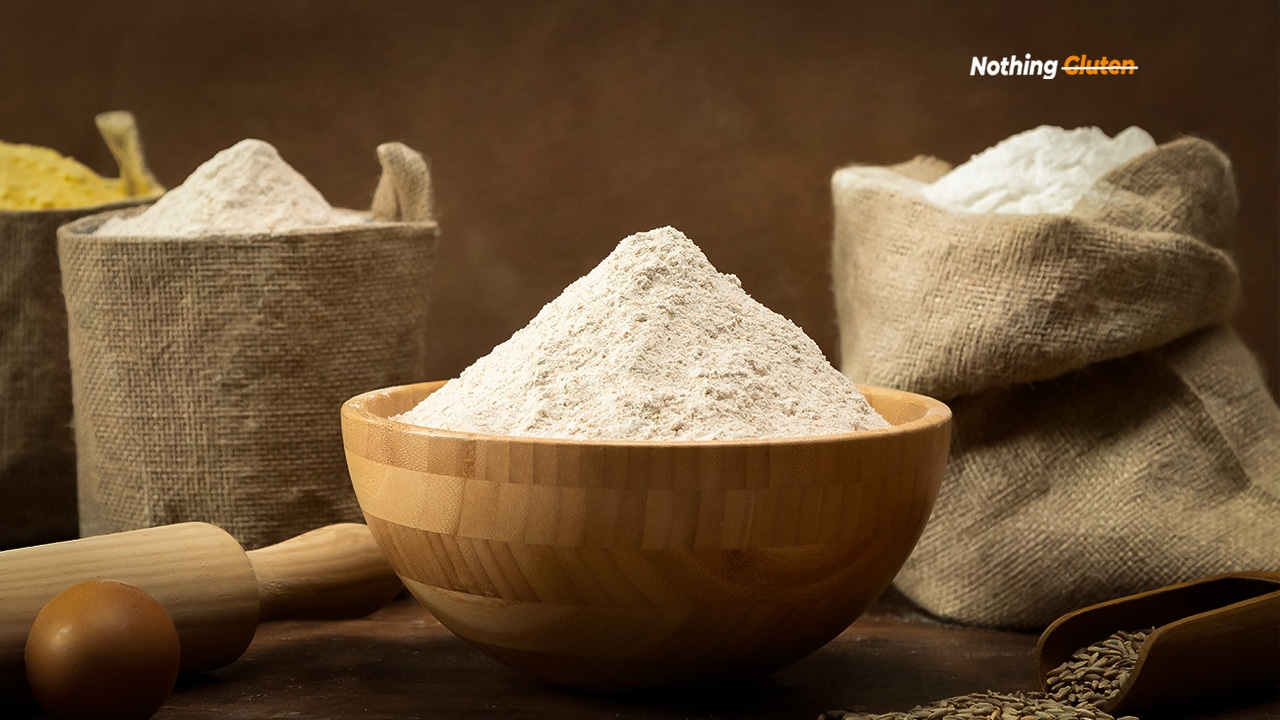









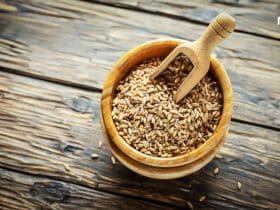


Thanks for sharing this useful information with us.